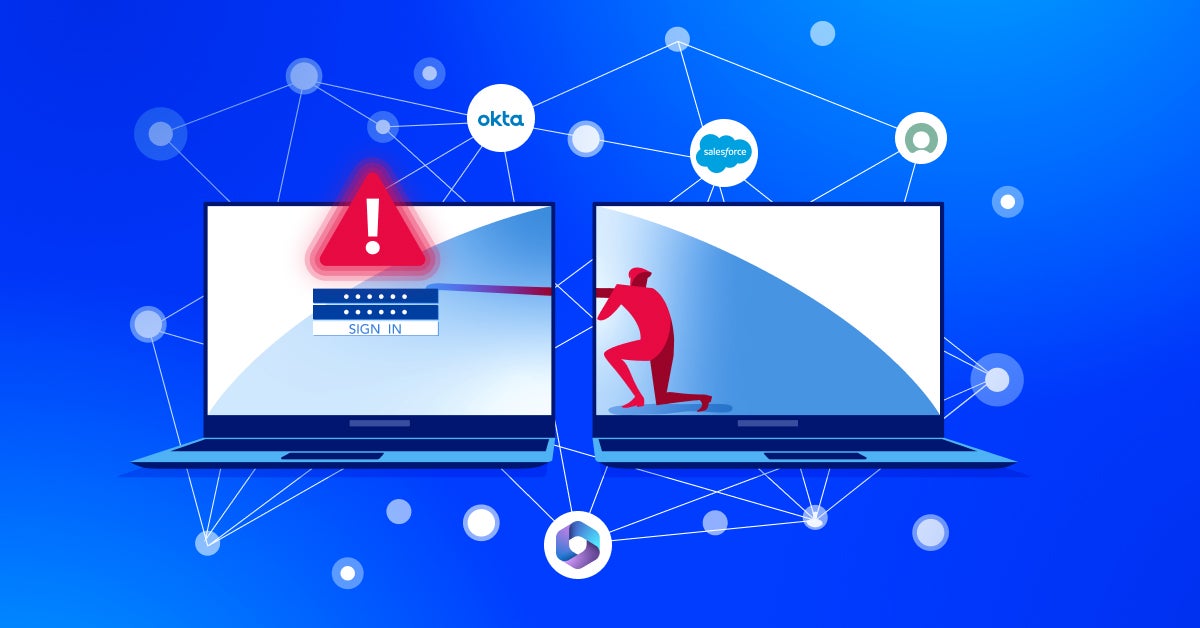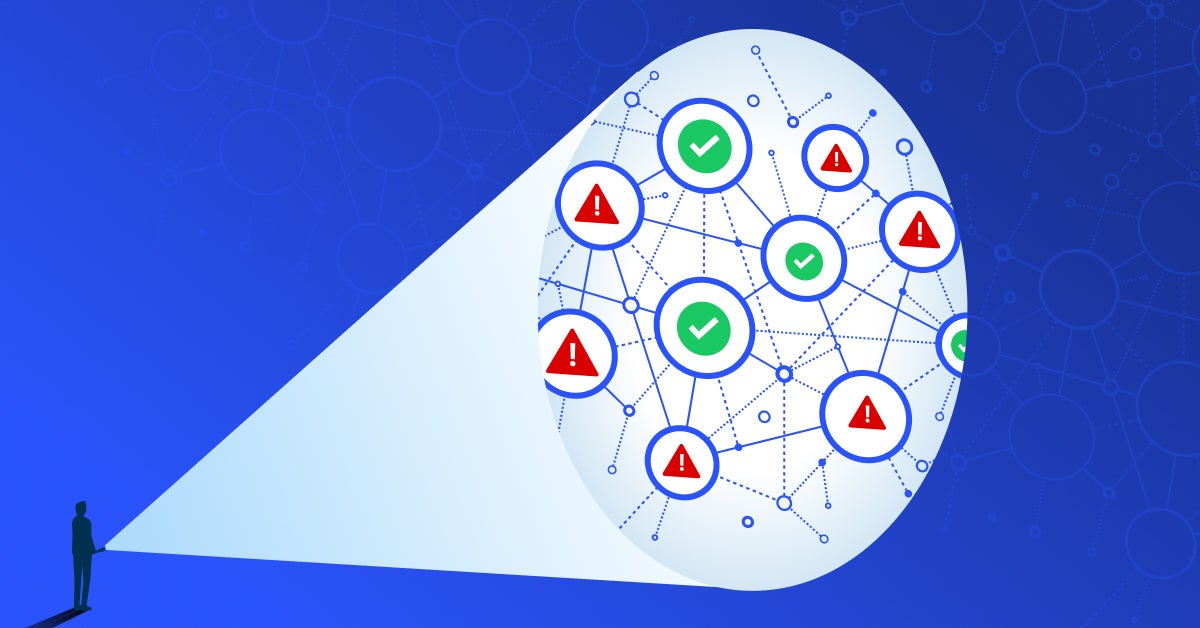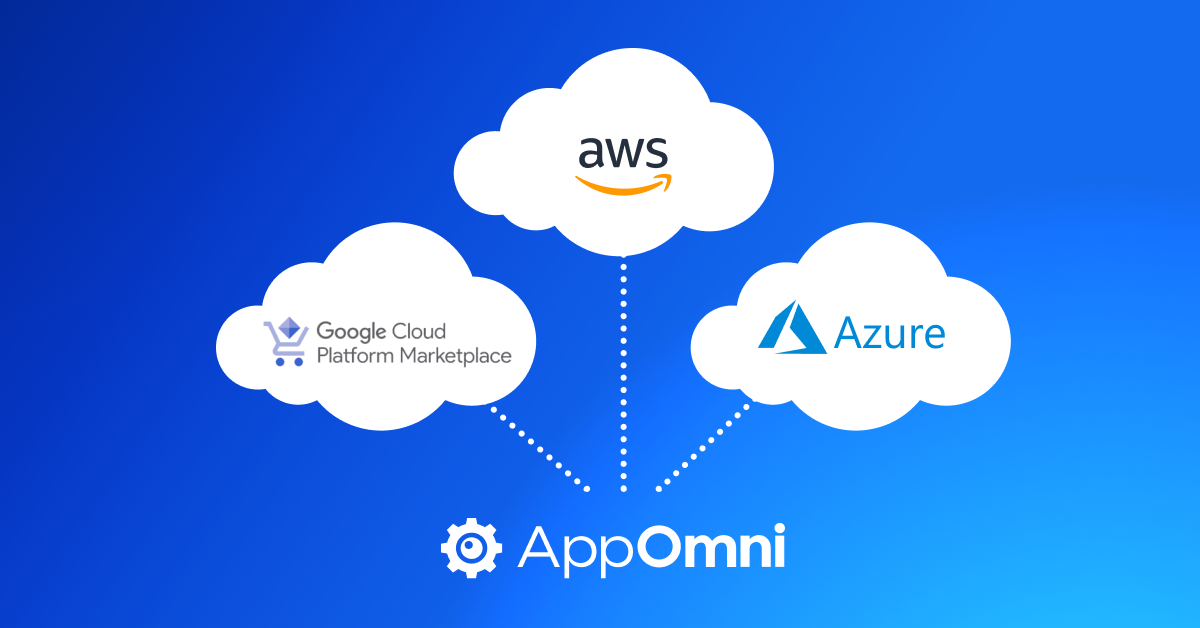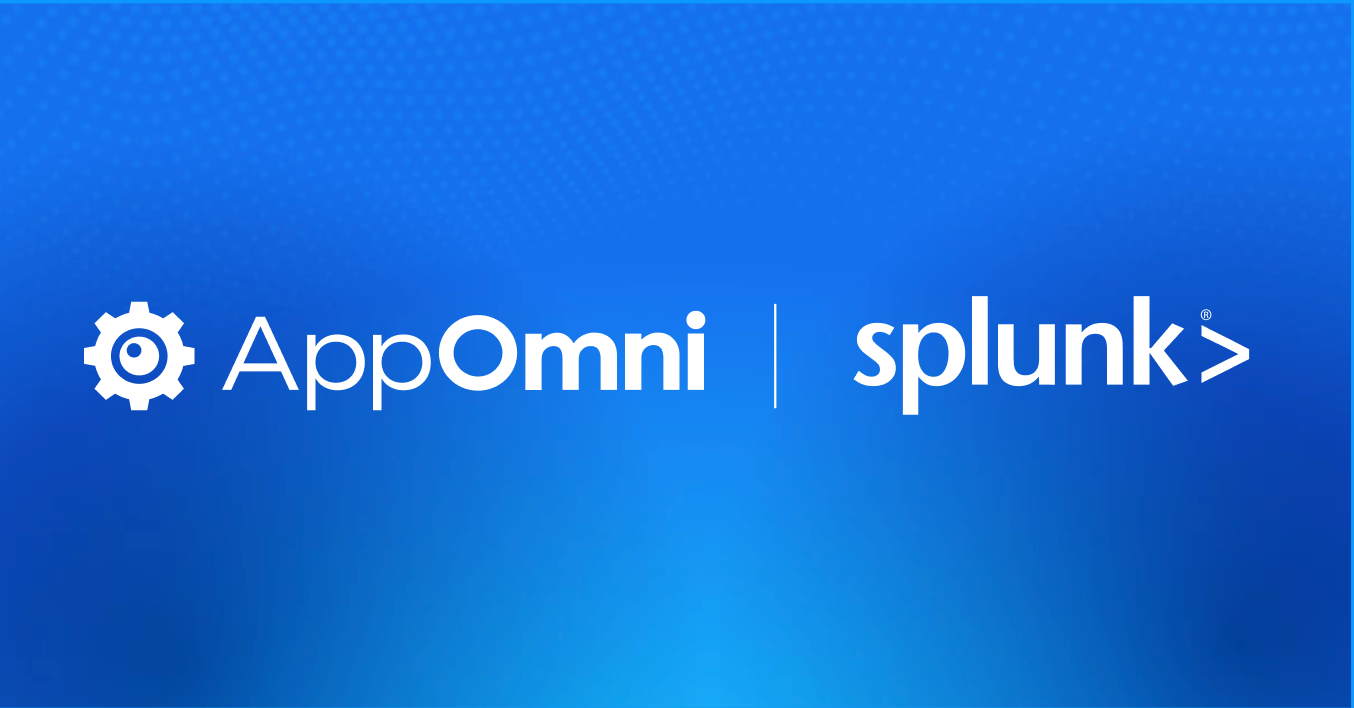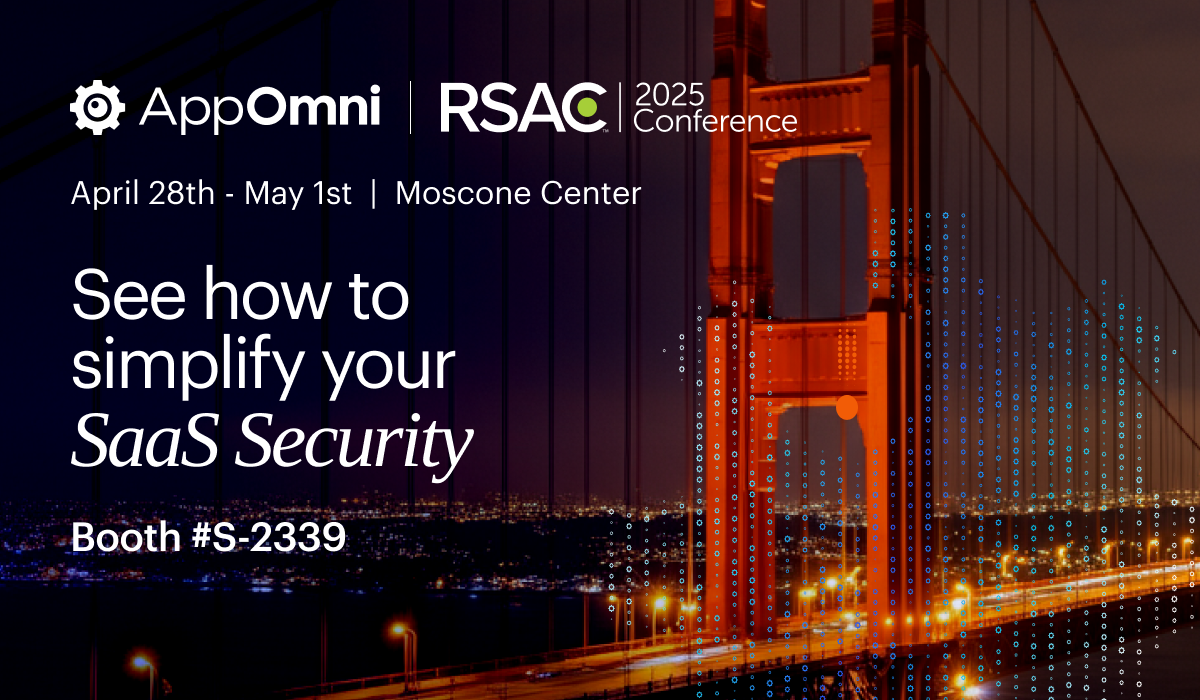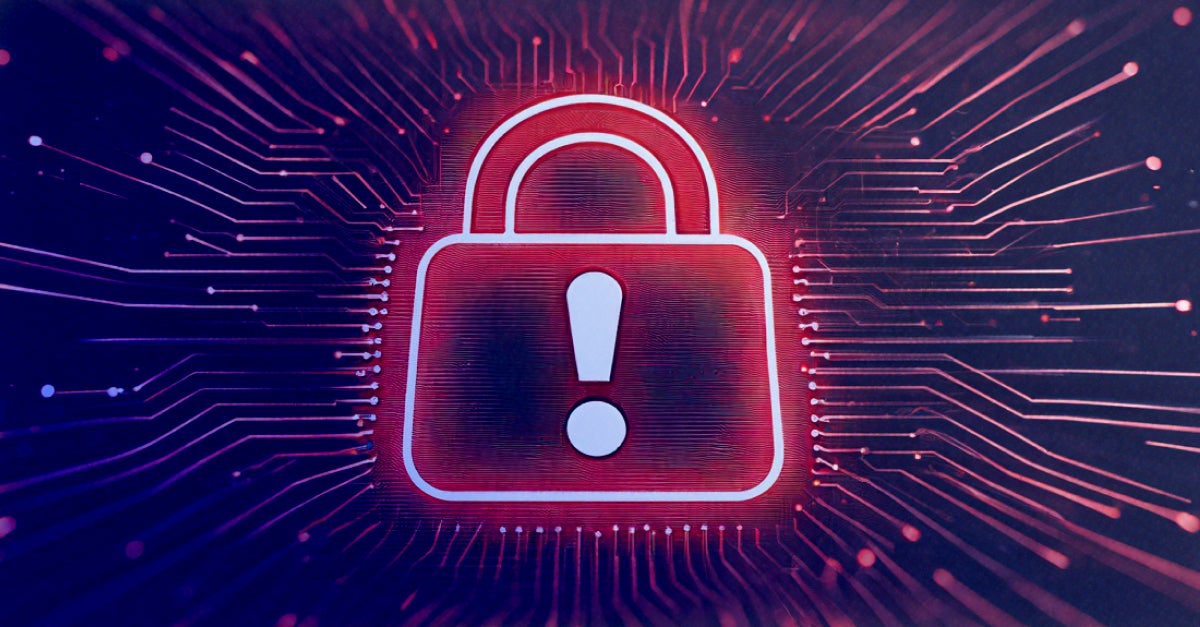Resource Hub
A collection of our latest articles, videos, news, and more.
-
How to Investigate Suspicious User Activity Across Multiple SaaS Applications
Discover practical strategies security teams can use to investigate suspicious activity across SaaS apps, reduce alert noise, and respond to real threats…
-
Low-Code, High Stakes: Why Security Can’t Be an Afterthought for Customers Using Salesforce Industry Clouds
New research reveals critical security flaws in Salesforce industry clouds. Discover the risks and how to protect your organization now.
-
OAuth Tokens: The Danger Behind the Commvault Breach
Discover what went wrong in the Commvault breach: How AppOmni’s powerful SaaS security platform steps in to stop threats before they strike.
-
What SaaS Apps Are You Really Using? And Why It Matters
See what’s really running in your SaaS environment. AppOmni SaaS Discovery reveals shadow IT, AI tools, and third-party apps so security teams…
-
From Policy to Practice: How to Operationalize SaaS Compliance at Scale
SaaS misconfigurations can silently lead to compliance failures and security risks. Learn how operationalizing compliance with AppOmni helps security teams enforce policies,…
-
AppOmni Is Now Available in All Major Cloud Marketplaces
AppOmni’s availability in AWS Marketplace, Azure Marketplace, and Google Cloud Marketplace simplifies pathway to SaaS security at scale.
-
AppOmni and Splunk SaaS: A Unified Front for Enhanced Security Insights
AppOmni and Splunk SaaS work together to elevate SaaS security with enriched insights, streamlined investigations, and advanced AI-driven detection.
-
Know Before You Go: AppOmni at RSAC 2025
Check out AppOmni at RSA Conference 2025 and read up on our top picks of sessions-to-watch. There’s a lot to choose from,…
-
OAuth Grants and Phishing: A Deadly Combination
Learn how OAuth phishing works, why it’s harder to detect than traditional attacks, and how to protect your accounts from unauthorized access.
-
Simplifying SaaS Security with the Power of GenAI
Learn how AI is transforming SaaS security and why AI-driven security is not just an advantage to your SaaS ecosystems, but a…
 New research drives security enhancements for Salesforce industry clouds
New research drives security enhancements for Salesforce industry clouds